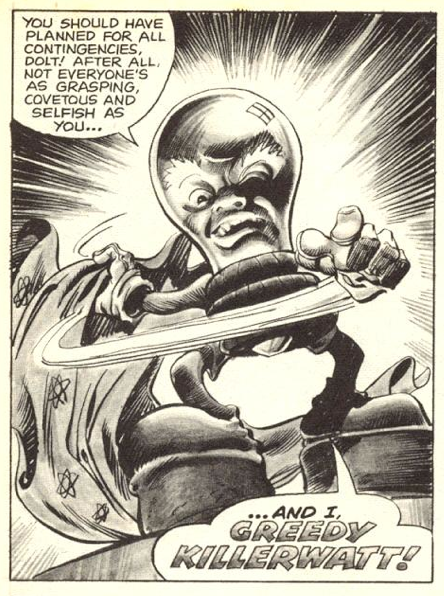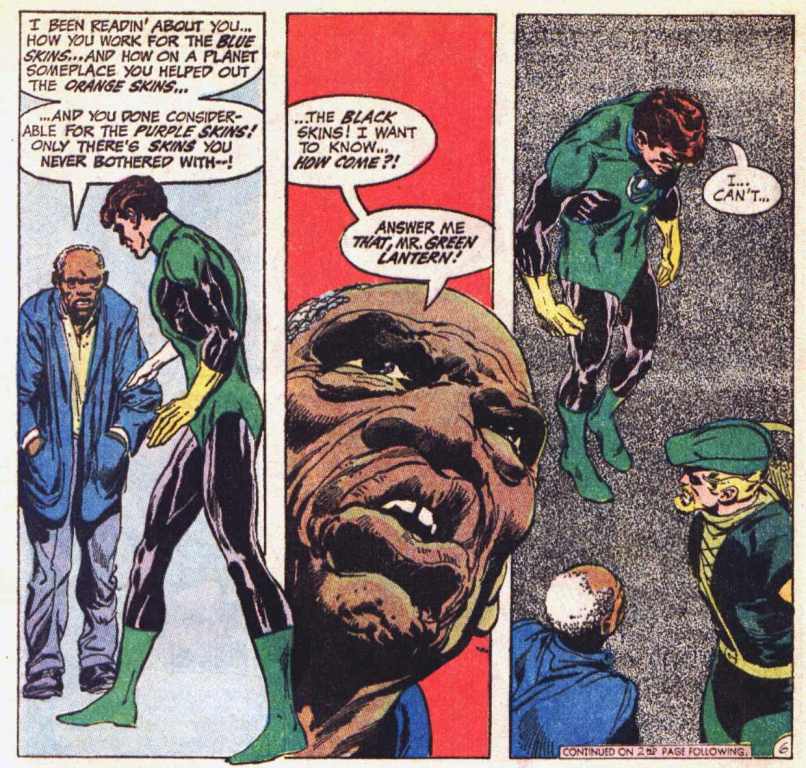So, it's been months since the 13th Doctor appeared. What to make of her?
I'll admit, I don't like her. This isn't a "I'm angry as hell that you tampered with the Doctor" feeling. Rather it's "I don't care enough about this version of the Doctor to bother watching the show." feeling. It's taken me some time to figure out what's wrong with the show.
The big problem is that we're not seeing the Doctor. We're seeing someone claiming to be the Doctor. There was one scene that was shown multiple times in ads where someone asks who's in charge and the companions point to the Doctor and say, "She is!". And there's the problem. No one EVER had to ask who was in charge with earlier Doctors. He strode into a situation and took control. There was one exception to that - Peter Capaldi's Doctor spent his first two seasons moping around and people sometimes assumed that Clara was in charge. I nearly stopped watching the show then, too. I'm pointing that out so people don't accuse me of disliking the 13th doctor because she's played by a woman.
But I do dislike her because she's played by Jodie Whitaker. The role calls for someone who can chew the scenery and Whitaker just doesn't have it in her.
At first I thought it was because she's saddled with too many bland companions but the 10th and 11th Doctors had Rose and her mother to compete with. The 12th Doctor had Amy, Rory and River, all strong characters (well, Rory grew into one), but the Doctor was never overshadowed by his companions.
The companions all had a lot more character, too. They had to stand up to David Tennant or Matt Smith chewing the scenery. The current crop are all featureless, distinguished only by their gender and ethnicity.
Then there are the historical episodes.
Most of Doctor Who takes place in the present, the future or on distant planets. Often it's a combination of two. Occasionally they work historic events into the plot. Matt Smith's Doctor used the Moon Landing to plant a message to defeat some aliens. The 5th Doctor started the Great Fire of London. The coronation of Queen Elizabeth II was the backdrop for another episode. The Doctor has also met numerous historical figures. He met Queen Victoria and had an affair with Elizabeth I. He helped Churchill fight off the Daleks.
So why did it feel so off when he met Rosa Parks?
Because they weren't about to have Rosa Parks meet a giant insect like Vincent Van Gogh did. Or get chased by a rubber monster like Elizabeth I. Doctor Who episodes are, by their very nature, a departure from reality. They can be goofy or horrifying but the one thing they are not is an episode of Witness to History. But that's what they tried to become. So they introduced a space-bigot who wanted to stop Parks from starting the Civil Rights movement. The point of the episode was to bask in the reflected glory of Rosa Parks. "Look, we're showing a civil rights pioneer, aren't we wonderful?"
But it's a poor fit, like having Krusty the Clown play MacBeth.
Other episodes were ok in a "I'll watch it if nothing else is on" way but the historic episodes should never have been considered.
So, what needs to be done?
First get rid of showruner Chris Chibnal, All of the problems can be laid at his feet. The recast the Doctor and get a new set of companions. And go back to having a story arc.
It doesn't matter if the next Doctor is a man or woman as long as it's a strong actor who can chew scenery. They proved that with Missy. I suspect that, like Missy, an older actress would work better in the part. And it has to be someone who can spout off techno-babble with a straight face.






